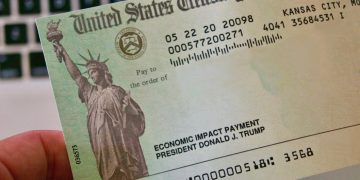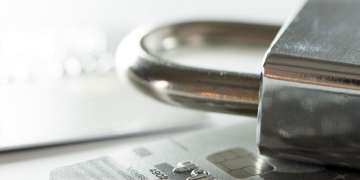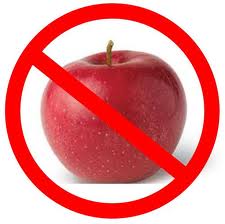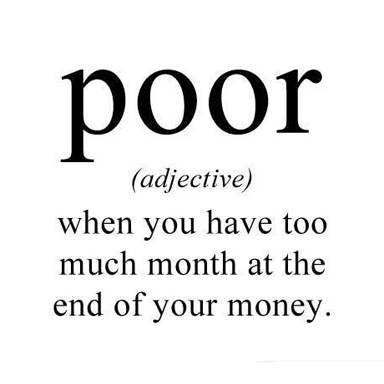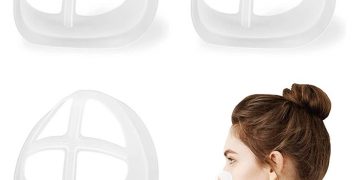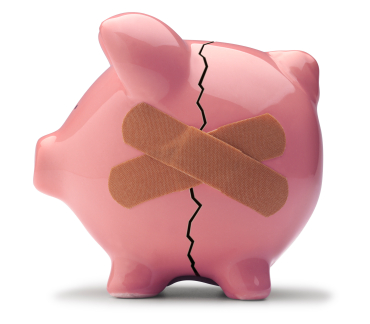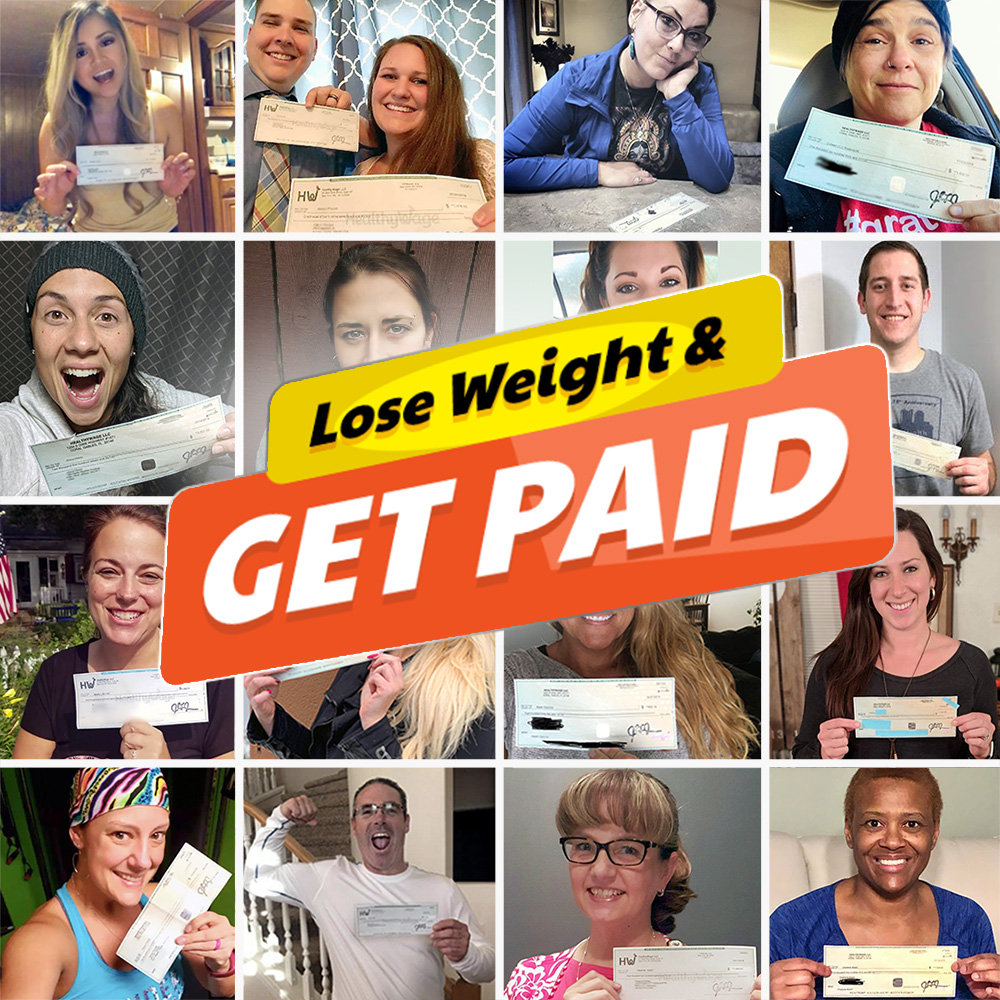You’ve seen me write a few times about borrowing from my 401K account to purchase investment property. Based on some of the comments on those posts, I realized that many of you mistake a 401K loan for a 401K withdrawal. While they may appear to be similar they are two totally different things with completely difference repercussions. For one, there are major consequences to taking a withdrawal from your 401K.
First, I have to be responsible and tell you that you shouldn’t take a either kind of distribution from your 401K if you don’t have to. I considered the potential for a lifetime of earnings both before and after retirement before I took loans of out my 401K. You should do the same if you even plan on investing your 401K dollars into something else. Now, on to the differences.
A Loan Is Not A Withdrawal
A loan and a withdrawal are not the same. They might be distant cousins, but they are not the same things. When we say “loan” we mean it in the traditional sense. You are essentially borrowing from yourself and paying yourself back within a set period of time that is specified when you take the loan out. You will also have to pay yourself interest. Loans are typically limited to a maximum of 50% of the vested balance of your account. Also, most plans only allow one active loan at a time.
A “withdrawal” is when you take the money out of your account without ever having to pay the amount back. You’re allowed to take the money out to do with as you wish. Withdrawals can be for any amount that is deemed necessary. But, you know that there’s fine print involved, right?
Withdrawals Given Only In Special Cases
While you can take a loan out for any or even no reason at all (usually), withdrawals aren’t handed out like candy. Withdrawals from your 401K plan are actually limited by our friends at the IRS. This is because they want to protect you from yourself. Withdrawals are generally granted in very specific cases:
- To purchase a primary residence
- To make a payment that would prevent eviction or foreclosure of your primary residence
- To make repairs certain repairs to your primary residence
- For funeral expenses
- To pay medical expenses for you, your spouse, or dependents.
- To pay for college expenses for you, your spouse, dependents or children who are not dependents
As you can see, there are some truly special cases for which you can ask for a withdrawal. The IRS refers to these cases as hardships. Just because you ask though, doesn’t mean that you will get one. You must meet all of the criteria set by the IRS to qualify for a withdrawal.
Withdrawals Come With Penalties
Even if you qualify for a withdrawal, you must deal with the penalties associated with the distribution. Typically, a hardship withdrawal carries a 10% penalty if you are not age 59 1/2 when the withdrawal occurs. Also, you will receive a 1099-R at the end of the year indicating that you must file taxes claiming the amount of the hardship withdrawal as earned income. This is on top of whatever you might have earned during the year.
I should also point out here that you will lose any gains that your money might have made had you left it in your 401K account. I put it in here only because I feel compelled to, but chances are that if you qualify for a hardship withdrawal, you probably could care less about any possible gains that you’ll be missing out on.
Finally, many employer sponsored plans will not allow you to continue making 401K contributions into the plan if you have taken a hardship withdrawal. After such a withdrawal you may be suspended from participation for whatever period your company has deemed as a standard amount of time. This may be anywhere from six months to one year.
There are no penalties for a 401K loan because you will pay the money back. There are penalties, however, if you default on a 401K loan.
But There’s Always A Loophole
I know that I just listed penalties for taking a hardship withdrawal, but since the rules were drawn up by Congress, you should know that there are more loopholes in the penalties area than Swiss cheese. You can take a withdrawal penalty free in the following cases.
- You are required by court order to give the money to your divorced spouse, a child, or a dependent. This happens most often in the case of a divorce where a spouse has to split assets.
- You become totally disabled.
- You are in debt for medical expenses that exceed 7.5% of your adjusted gross income. This is becoming more and more common as people head towards bankruptcy because of medical expenses.
- You are separated from your work (through permanent layoff, termination, quitting or taking early retirement) in the year you turn 55, or later.
- You are separated from your work and you have set-up a payment distribution schedule to withdraw money in equal amounts over the course of your life expectancy. You are required to take this kind of distribution for at least five years or until you reach age 59 1/2, whichever is longer. This is called the 72(t) exception. All of you guys thinking of retiring early should pay close attention to this loophole.
Show Proof of Hardship
When taking a 401K loan you do not need to show proof of need. When taking a hardship withdrawal, however, you typically do need to show proof. Many employers find this distasteful since no one really wants someone in dire straits pouring their hearts out in their office while pulling out files full of paperwork to show why they need a withdrawal. Many employers allow their plan administrators (like a Fidelity, or Principal or whomever) to walk through the withdrawal process with employees. In some cases, a person requiring a withdrawal need only answer a series of questions online to see if they qualify. When an employee does qualify for a loan, many plan administrators require the employee to hold and maintain all documents and files showing proof of hardship.
What does that mean? It means that while you can pretty much now qualify in a streamlined process by answering a few questions online, and while the plan administrators might not ask you for proof, if the IRS comes after you to show proof, you’d better have all of your paperwork ready and you’d better hold on to them for about 7 years. Don’t go out, lie about why you need a hardship withdrawal and then buy a swanky new car with your money. If THE MAN comes after you, you’ll be screwed.
So, I hope this little primer has helped you learn a bit more about hardship withdrawals. The basic thing to remember is that if you are in dire straits, then you may qualify for a withdrawal. But sometimes, even if you qualify for a withdrawal, consider getting a loan. It might make better financial sense for you in the long term.
Any questions?


